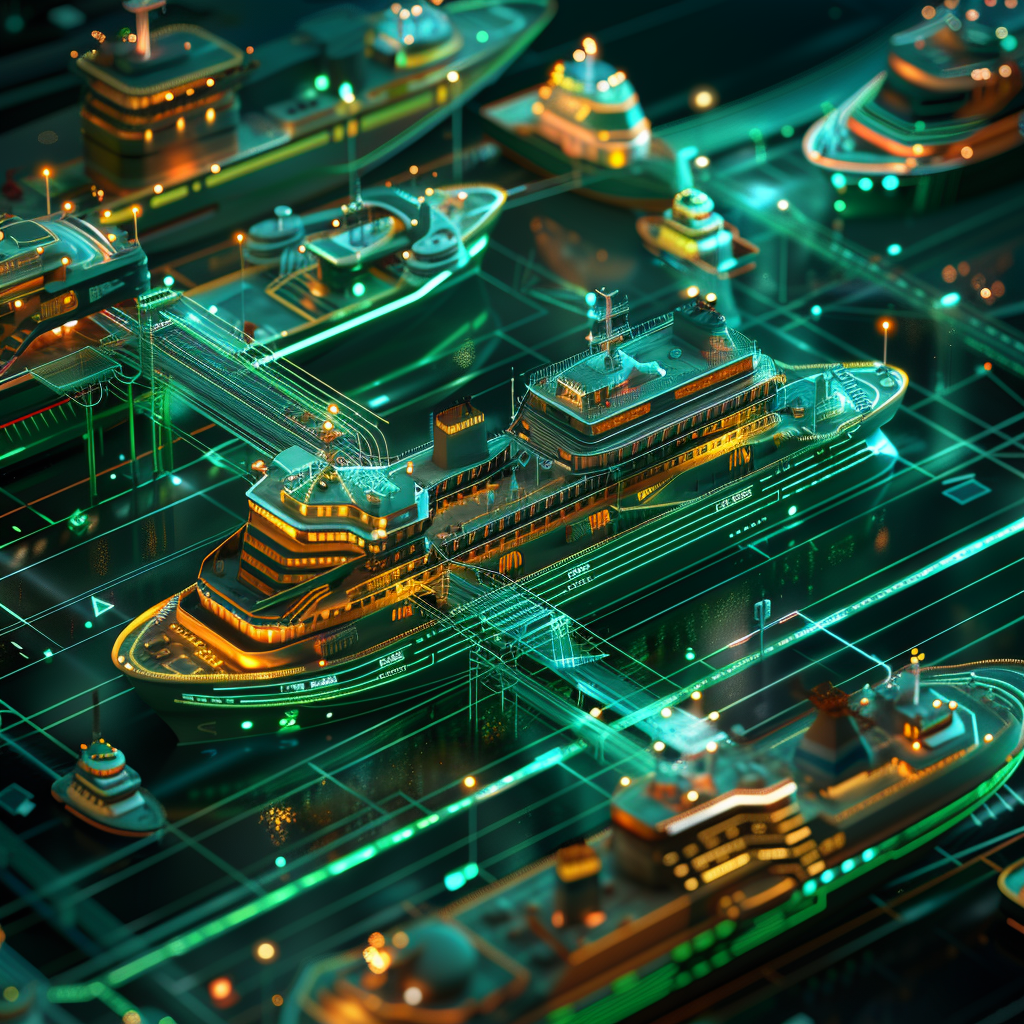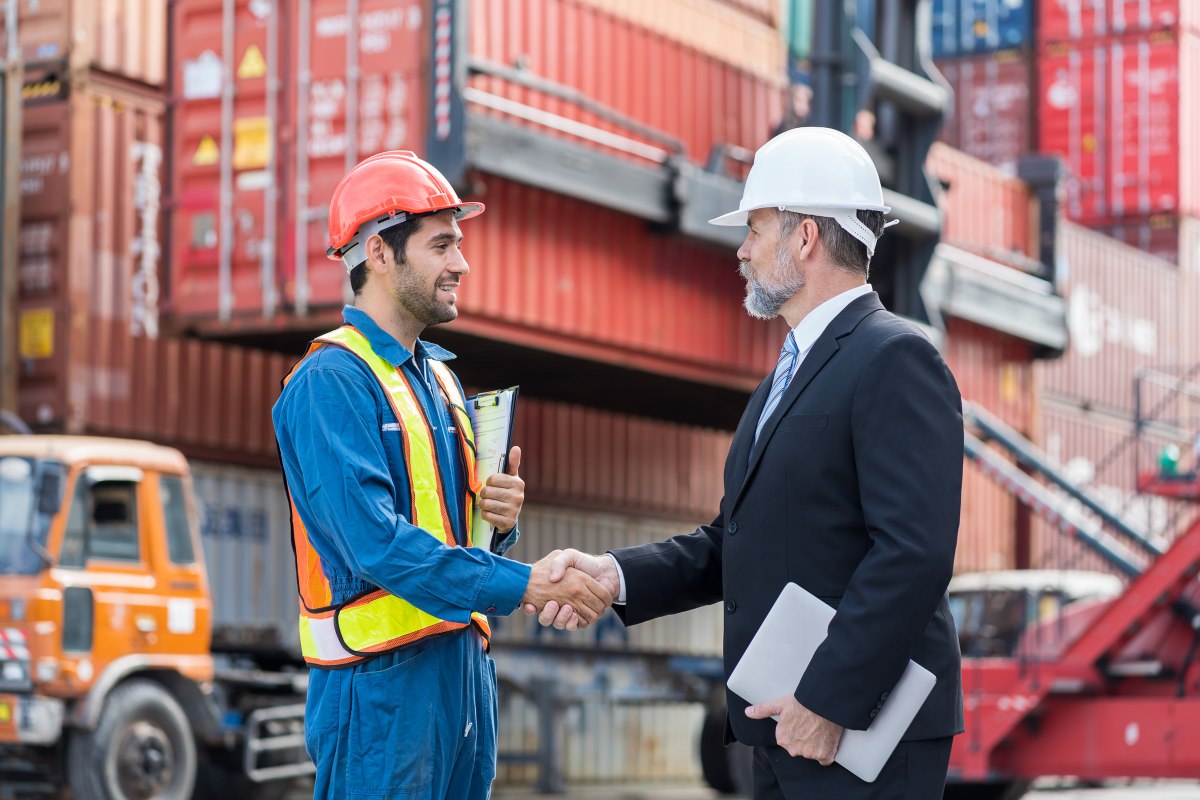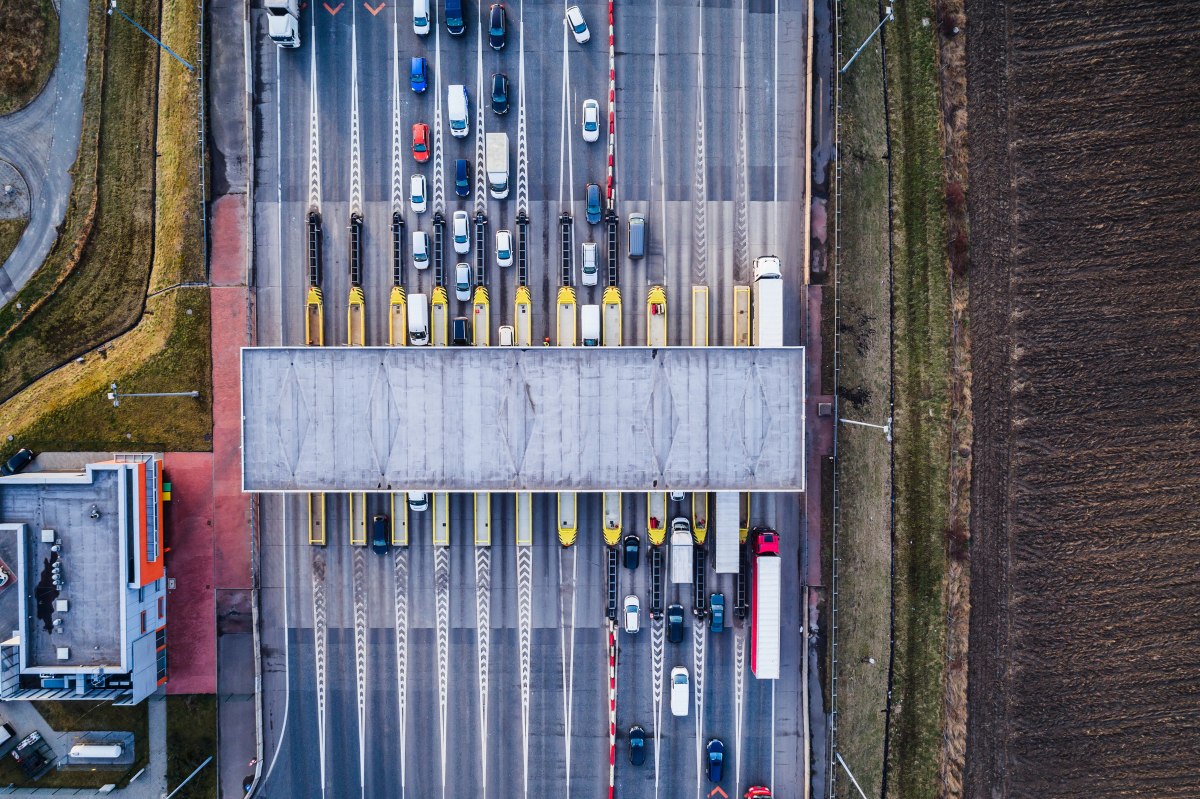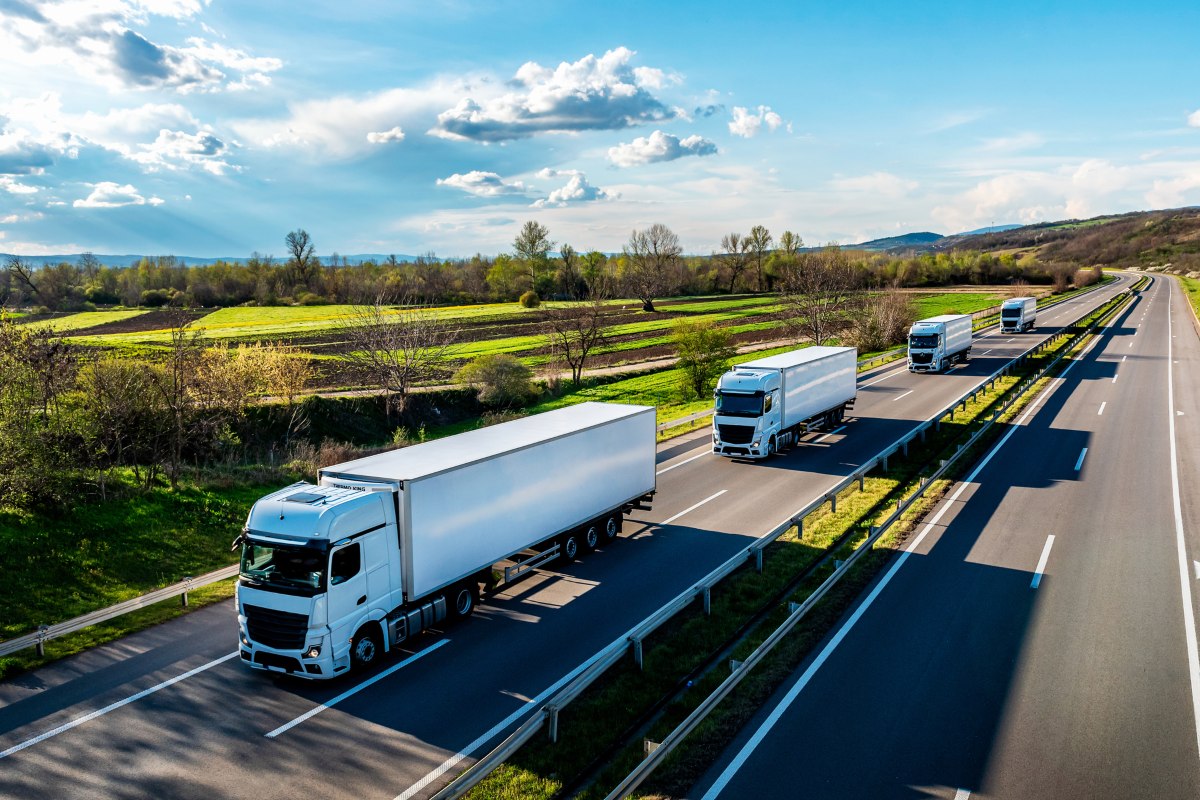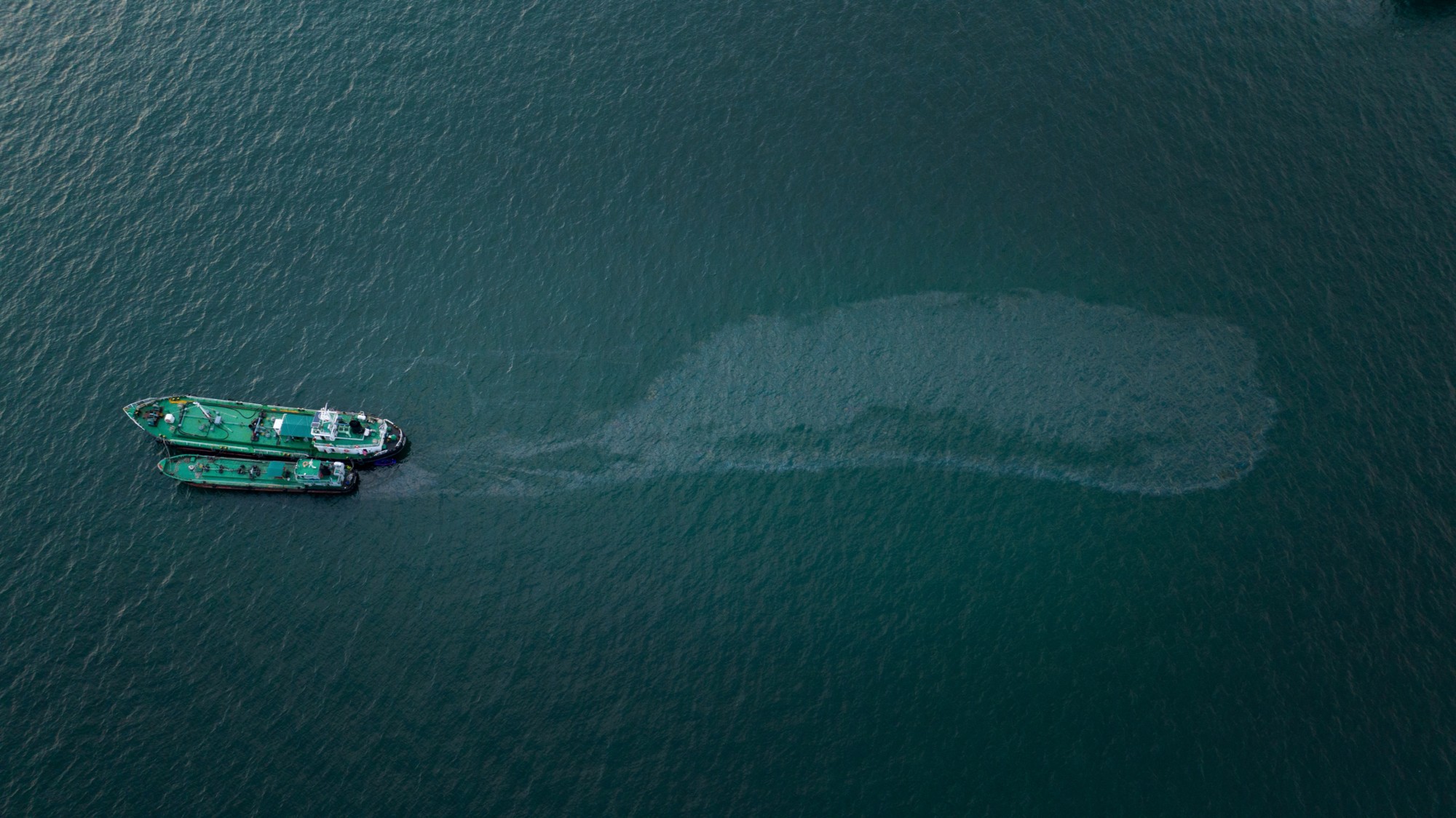
Now, when we discussed AI/ML solutions for the radar video analysis in the first part of this article, let’s shift gears to solutions that have seen skyrocketing demand in the maritime industry in recent decades – and this trend shows no signs of slowing down. We’re talking about Oil Spill Detection.
According to estimates by the European Space Agency, the annual volume of oil spilled worldwide tops 4.5 million tons, and maritime transport is a big part of the problem.
As humanity’s concern for climate change and environmental protection grows, regulatory requirements tighten, maritime traffic surges – all of this means that the old-school methods of tracking oil spills no longer cut it in the modern maritime industry and fall short of sustainability requirements.
Oil Spill Detection: The Pre-AI Era
As with radar video analysis, the oil spill detection process leaned on a mix of manual observation, traditional image processing techniques, and rule-based methods.
Let’s break down the main techniques used before AI entered the picture:
Manual Observation and Traditional Image Processing Techniques. High-res images were captured using satellites, aircraft, and drones.
Then, traditional image processing methods were applied – Thresholding, Edge Detection, Spectral and Texture Analysis, Pattern Recognition – to pinpoint areas on the water with atypical characteristics (differences in light reflection, changed color or increased “smoothness” of the water surface, etc.).
Predefined Rules and Thresholds and Algorithmic Approaches. Basic algorithms and rule-based systems played a big role in identifying and localizing spills. They operated based on predefined thresholds and patterns, but the final results heavily depended on the operator’s experience, as algorithms didn’t factor in any elements or situations beyond standard rules and patterns.
The shortcomings of this approach are pretty obvious – they mirror the limitations we saw with pre-AI radar video analysis: the analysis and interpretation of incoming data and the speed of decision-making hinged heavily on the human factor. And as maritime traffic and the risk of oil spills increased, these limitations became more and more glaring.
Deep Machine Learning Algorithms: Faster and More Accurate
It’s a tall order to cover all the use cases of AI/ML even for a single group of solutions in one article, but let’s briefly overview the key areas where AI/ML have been real game-changers.
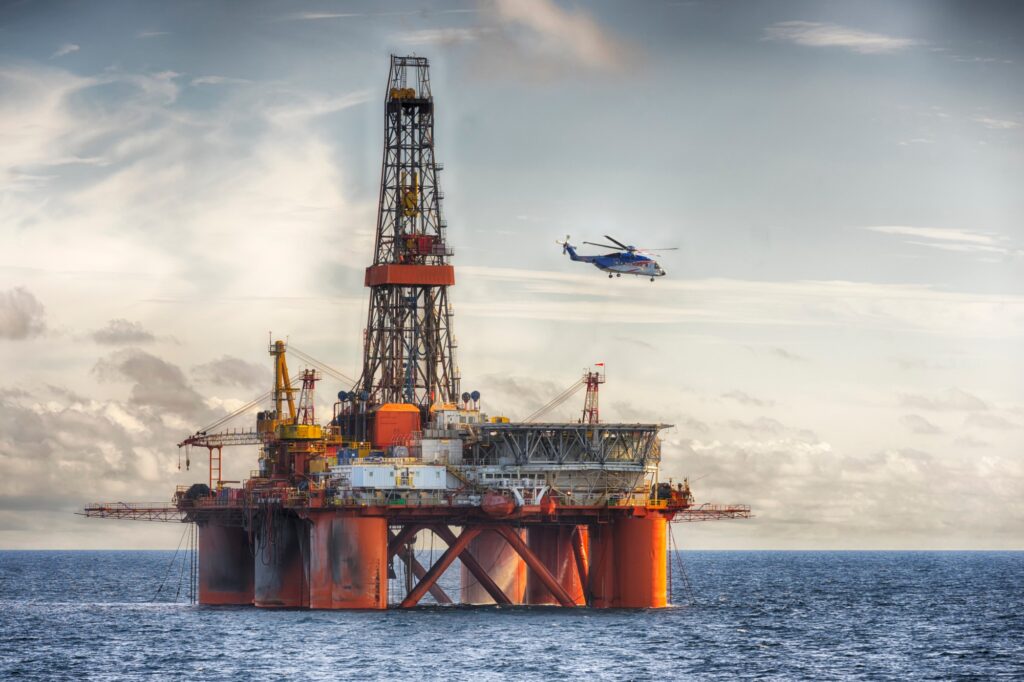
Segmentation: Identifying Oil Spills
Replacing manual image analysis from satellites and drones, algorithms like U-Net have stepped up to the plate.
U-Net is a specialized neural network that analyzes images and can accurately identify the boundaries of oil spills. This algorithm can segment images into areas with and without oil with high precision, dramatically reducing the need for manual labor.
Anomaly Detection: Spotting the Invisible
Traditional methods often missed small but crucial oil spills. Here, Autoencoders save the day – these are algorithms that can detect even the tiniest deviations from the norm. They comb through huge volumes of data to find minor changes, enabling more reliable detection of even the smallest oil spills.
Prediction and Monitoring: Foreseeing the Future
Thanks to predictive algorithms like Temporal Fusion Transformer, we can not only detect oil spills but also predict their future spread. These algorithms analyze data sequences over time, allowing predictions about the trajectory of oil spill movement. This enables rapid response and helps nip environmental disasters in the bud through more accurate forecasting of how the situation will unfold.
Should AI be Applied Always and Everywhere?
Okay, we’ve briefly examined (only!) two types of digital solutions widely used in the maritime industry: radar video analysis and oil spill detection. You might think that AI/ML algorithms can optimize absolutely all processes and stages, so they must be implemented across the board.
Is this true?
Not quite. There are absolutely areas where artificial intelligence and machine learning open up new possibilities, including digital transformation in shipping industry and enable capabilities that were previously the stuff of dreams.
AI really shines in domains that require the ability to learn from vast amounts of data, adapt to new information, and perform complex analyses:
- Tasks involving sophisticated pattern recognition
- Predictive analytics based on huge datasets
- Anomaly detection
- Automation of repetitive tasks
- Complex decision-making.
However, good old algorithmic solutions still hold their own and work like a charm for tasks that are:
- Simple and rule-based
- Deterministic
- Involve small datasets
- Require strict regulatory compliance.
These tasks often demand precise, predictable outcomes that traditional approaches can efficiently deliver.
The Bottom Line
So, one of the key challenges when building digital solution architecture for maritime is to understand the strengths and limitations of both AI and traditional methods. This way, you can strike the right balance to achieve peak performance and cost-effectiveness.
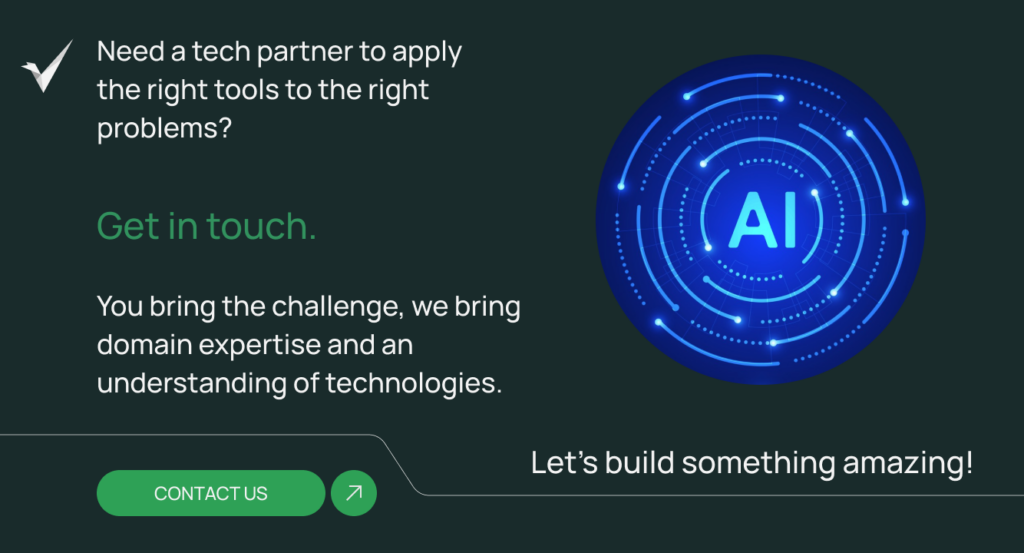
Andriy Maksymovych
Head of Research & Development
Ready to streamline your software solutions?
Let’s dive in together. Get expert consulting from our seasoned engineers.
 by
by 